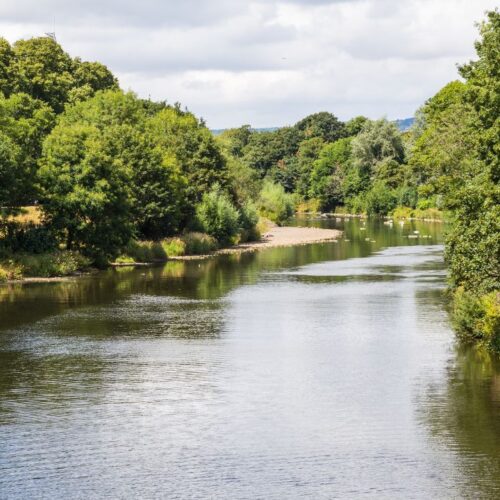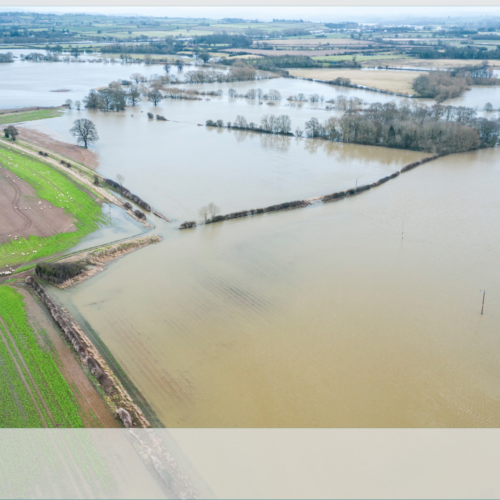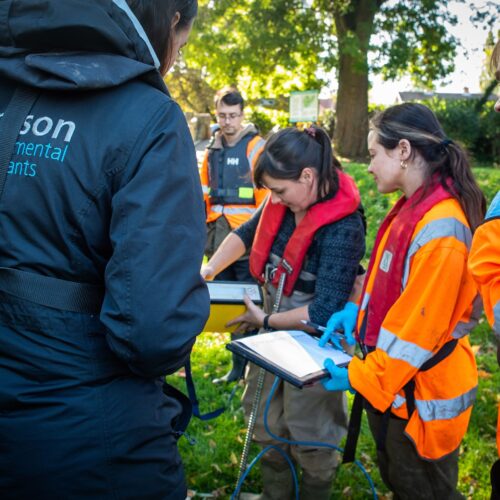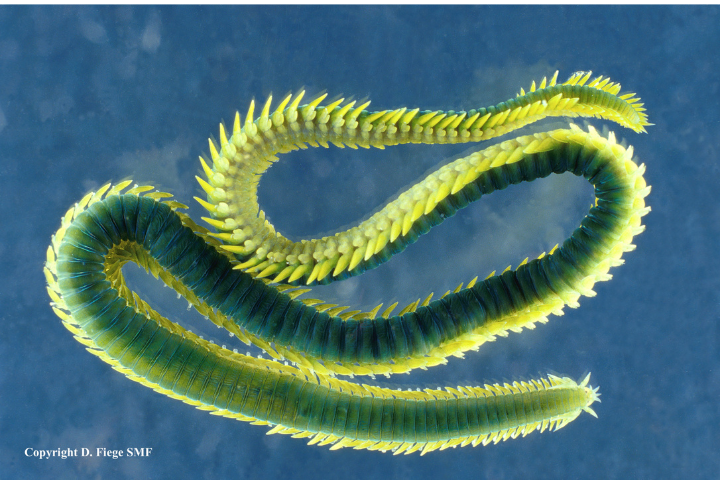The Kings and Queens of reefs, engineering biodiversity
When most people think of reefs, they probably imagine tropical coral reefs, teeming with life. Corals are not the only reef-forming animals, reefs can also be constructed by mussels and tube building worms, all of which enhance biodiversity by creating complex habitats that are havens for a variety of life. In the waters of the United Kingdom, all three of these types of reef occur, produced by cold water corals; blue mussels; horse mussels; Sabellaria worms.
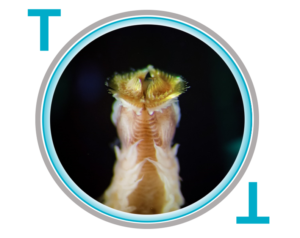
Sabellaria is a genus of marine polychaete worm that builds tubes by binding grains of sand and shell fragments, using a glue secreted from specialised glands. The grains and fragments are fixed to a sheath, also secreted by the worm, which gives support to the tube. Sabellaria lead sedentary lives and never leave their tubes, which protect them from predators. There are two species of Sabellaria that live in the waters of the United Kingdom: S. spinulosa, which is commonly known as the Ross worm and is typically found in the subtidal zone; S. alveolata, which is known as the honeycomb worm and usually inhabits the lower intertidal zone, although their reefs can continue into the subtidal zone.
Sabellaria extend a fan of feather-like tentacles — radioles — to catch plankton and detritus, they are suspension feeders. When not feeding, the radioles are retracted and the worm blocks the opening of its tube with its distinctive opercular crown, comprising of bright gold chaetae, which gives the worm a regal appearance. The chaetae of the two species are morphologically distinct.
Throughout most of its geographic range, S. spinulosa live a solitary existence or form small groups, the tubes encrusting on stones and shells. S. spinulosa can be gregarious, living in large groups. S. alveolata is commonly gregarious, with their planktonic larvae having a strong preference for settling onto existing tubes of adults. When populations become dense enough the horizontal tubes converge and the worms begin to build their tubes vertically. With each worm using their neighbour’s tube for support, over time the tubes build up and form a reef. The tube openings of S. alveolata reefs form a pattern like the cells of honeycomb, hence their common name. These reefs can achieve densities of sixty thousand individuals per square metre.
The worms tend to live for around 5 years but have been known to live for 10. The tubes can outlive the worms that built them, with new worms settling on top to form giant reefs, which can cover several kilometres of seabed. S. alveolata form the largest biogenic reefs in Europe, reaching almost 2 metres in height, which is amazing if you consider that individual worms measure 3-4cm.
Sabellaria reefs form a distinct habitat from the surrounding area, with the surface, crevices and empty tubes providing homes for a variety of other species. The reefs, therefore, lead to high abundance, diversity, and biomass of animals. These hotspots of biodiversity can attract commercially important finfish and shellfish that feed on the Sabellaria as well as the other associated fauna. The biodiversity is particularly pronounced on S. spinulosa reefs, with more than twice as many species and almost three times as many individuals present when compared to proximal non-reef areas. The significant enhancement to the environment caused by the presence of reef-building organisms has caused them to be known as ecosystem engineers: the structures they produce enable species to live in areas where they would otherwise not be found.
The United Kingdom represents the northern extent of the range of S. alveolata, with reefs occurring along the south coast and west coast, up to the Scottish coast of the Solway Firth. Extensive subtidal S. alveolata reefs can be found in the Severn Estuary. Reefs formed by S. spinulosa are relatively rare and are normally restricted to areas with high levels of suspended sediment, for feeding and tube building, within the North Sea. Surveying these turbid subtidal areas is challenging, the full extent of reefs in these waters is unknown.
When not forming reef structures, Sabellaria species have no legal protection. However, due to the wider ecosystem benefits and limited spatial distribution of Sabellaria in their reef form, the reefs are protected and listed under Annex I of the European Habitats Directive (Council Directive 92/43/EEC on the Conservation of Natural Habitats and of Wild Fauna and Flora) as a marine habitat to be protected within Special Areas of Conservation. They are also listed under the UK’s Biodiversity Action Plan (1994), by OSPAR, as a threatened and/or declining priority habitat and as habitats of principle importance for the purpose of maintaining and enhancing biodiversity in relation to Wales (Section 7 Environment (Wales) Act 2016). Developments in the marine environment must therefore avoid areas of Sabellaria reef.
These small worms have a big impact on their environment, so we at Thomson hail them as the Kings and Queens of reefs – they even have the crown for it!
Get in touch
Please don’t hesitate to Contact us if we can help with any upcoming marine projects.



